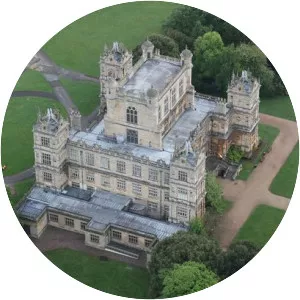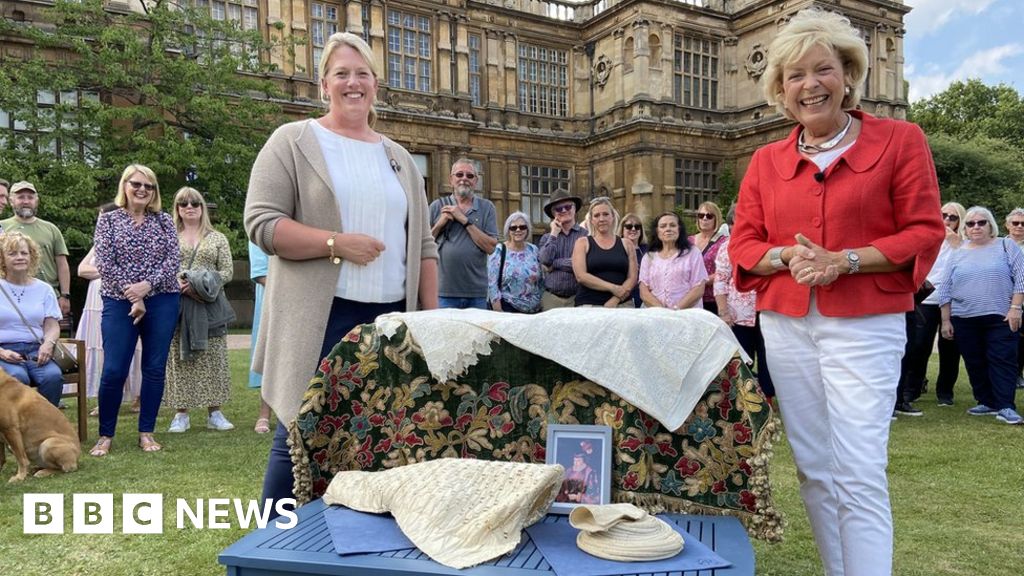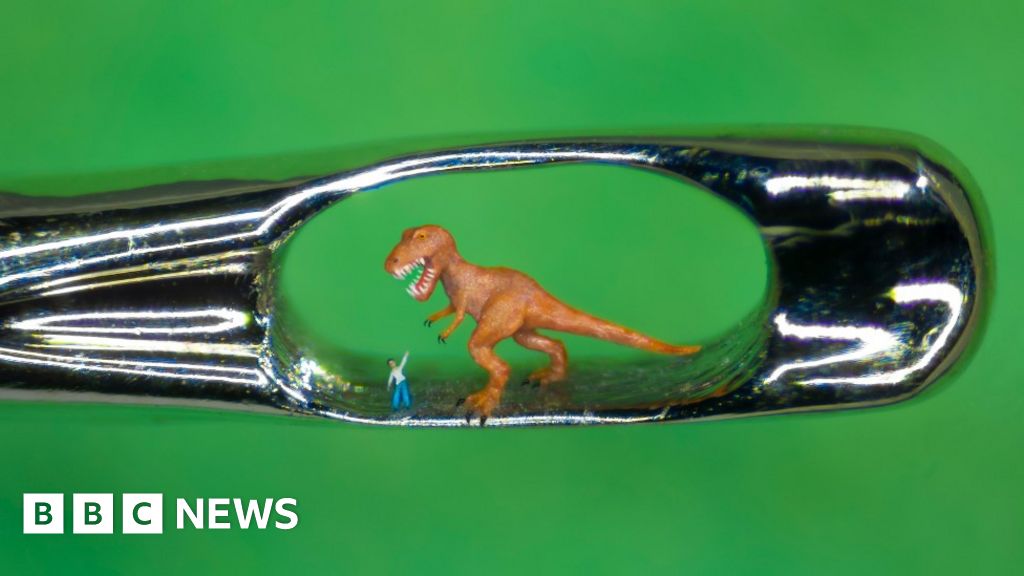
Wollaton Hall
| Use attributes for filter ! | |
| Construction started | 1580 |
|---|---|
| Opened | 1588 |
| Owners | Nottingham City Council |
| Architects | Robert Smythson |
| Architectural styles | Tudor architecture, Jacobean architecture, Elizabethan architecture |
| Did you know | Completed in 1588, Wollaton Hall was designed by architect Robert Smythson and built for Sir Francis Willoughby. |
| Date of Reg. | |
| Date of Upd. | |
| ID | 1392805 |
About Wollaton Hall
Wollaton Hall is an Elizabethan country house of the 1580s standing on a small but prominent hill in Wollaton Park, Nottingham, England. The house is now Nottingham Natural History Museum, with Nottingham Industrial Museum in the outbuildings.
'Extremely rare' 500-year-old textiles stun Antiques Roadshow expert

... They appeared during filming at Grade I listed Wollaton Hall in Nottingham...
Tiny dinosaur sculpture added to Nottingham T. rex exhibition

... rex is King exhibition at Wollaton Hall...
'Extremely rare' 500-year-old textiles stun Antiques Roadshow expert
By Alex Smith & PA news agency BBC News
An Antiques Roadshow expert was left stunned when a never-before-seen Elizabethan textiles collection dating back 500 Years appeared during filming.
The items - which included a bedspread and pillowcases sewn by Elizabeth I and her ladies in waiting - were led by an " extremely rare" ivory silk satin sleeve and sleeve support.
They appeared during filming at Grade I listed Wollaton Hall in Nottingham.
Until their discovery, no examples of sleeve supports were known to exist.
The items - Thought to be worth a " minimum" of £100,000 - belonged to The Willoughby family at Wollaton Hall , which was built in 1588 by wealthy coal baron Sir Francis Willoughby.
The Bbc show said The " unique" sleeve support - known as a farthingale sleeve - had remained in an Almost Perfect condition along with The satin sleeve it originally supported.
'Literally speechless'Author and lecturer Hilary Kay said: " It may not look very exciting, But . . The hair on The back of my neck is rising. It doesn't get much better than this.
" Exceptional. It is such an exciting moment to be faced with something from The 16Th Century which is in such incredible condition. "
Meanwhile textile historian Ninya Mikhaila , also known as The Tudor Tailor, said: " The First Time I saw The farthingale sleeve, I couldn't believe what I was seeing and was literally speechless. "
A replica of The sleeve was made for academics to study as it is too rare to be modelled and was placed into secure storage.
The farthingale sleeve is made from a thick cotton material called fustian, stitched with 14 casings of linen each containing a hoop of baleen, also known as whalebone.
Ms Mikhaila added: " The sleeve is not only an extremely rare survival of an item of English dress from The 16Th Century , it also offers us The opportunity to see an example of once common materials such as fustian, and what must have been one of The earliest uses of baleen for stiffening outside of The Royal Wardrobe . "
Source of news: bbc.com

